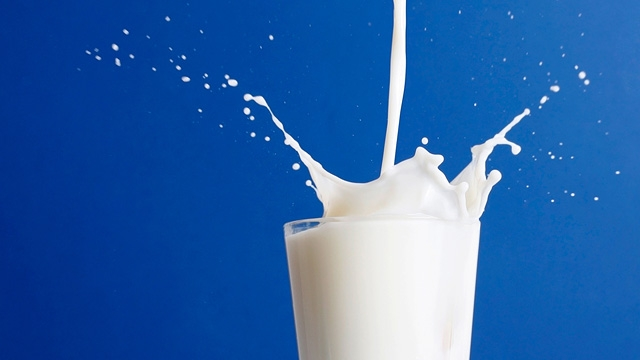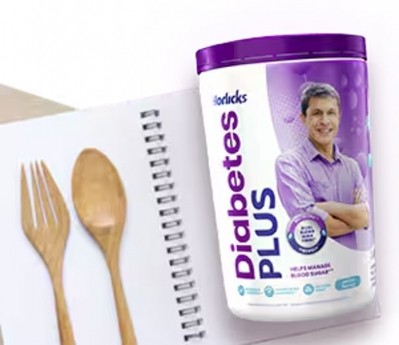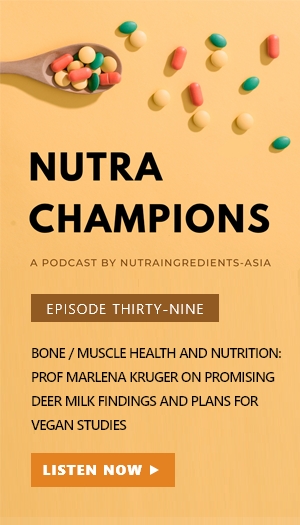Dairy descriptors: Taiwan drafts new regulations to ensure milk product clarity for consumers

The Taiwanese Ministry of Health and Welfare has published draft regulations that make it compulsory for dairy product manufacturers in the country to utilise clearer on-pack labels for various milk products, in hopes of increasing clarity for local consumers.
“These new regulations have been drafted in order to increase the clarity of definitions of the terms used in [local dairy] regulations, so as to enable consumers to better understand product information and avoid confusion,” said the ministry via a formal statement.
“These will cover all milk-related products in Taiwan, from fresh milk to skimmed milk, evaporated milk, condensed milk, flavoured milk, cream, infant formula and more.
“The update will make current regulations more complete and facilitate better compliance by the local industry [particularly in terms of] product labelling management.”
The draft regulations include eight areas of major changes to be made to existing policies, mostly concerning the wording to be used to describe various types of milk as well as more detailed standards that must be used for labels.
“[For instance], fresh milk is defined as a product made from raw milk then sterilized, and must be refrigerated throughout the supply chain; but milk drinks are defined as milk powder or concentrate that must be mixed with at least 50% total content of raw milk, fresh milk or preserved milk as the base ingredient,” stated the draft regulations.
“Companies also need to note that the labelling of all commercially retailed packaged dairy products [must] comply with specific standards where only fresh and fortified fresh milk [as specified in these regulations] can use labels such as ‘fresh milk’, ‘cow milk’ and so on.
“All products must be thermally sterilised and filled aseptically in a highly-hygienic environment, [but] if it has a shelf life of more than 30 days then the labels must state ‘extended shelf-life fresh milk’, ‘long-lasting fresh milk’, ‘ESL milk’ or an equivalent term.”
This is likely to ensure that consumers do not end up unnecessarily wasting excessive amounts of milk due to confusion between the different dairy product shelf lives – i.e. mistaking a fresh milk product to have 30 days of shelf life and not consuming it until it has gone past a date suitable for consumption, thus ending up having to throw it away or worse yet consuming these anyway and getting sick from it.
On the other hand, the definition of milk drinks (which contain reconstitutions from powder or concentrate) are instead important to ensure consumers are not mistakenly consuming these thinking that they are ‘fresh’ products, as there is a strong perception of fresh milk as being healthier or more nutritious.
The public has until August 2024 to make any objections or submit any opinions to the ministry via email here, otherwise the regulation restricting the use of the ‘fresh milk’ terms only for fresh and fortified fresh milks is projected come into effect on July 1 next year and all other parts of this announcement will come into effect on July 1 2026.
Labelling standards
In addition to definitions, the ministry has also specified the necessary font sizes of said labels with a new chart dedicated to this.
“It is particularly important for labels containing product names and [information regarding any manual adjustment of] ingredients to have the text printed in sufficiently large size for consumers to read and understand clearly,” it said.
“For products 300ml and below, both the font height and width should exceeed 0.4cm; for 301ml to 600 ml these must exceed 0.8cm; and for 601ml and above these must exceed 1.2cm.”










